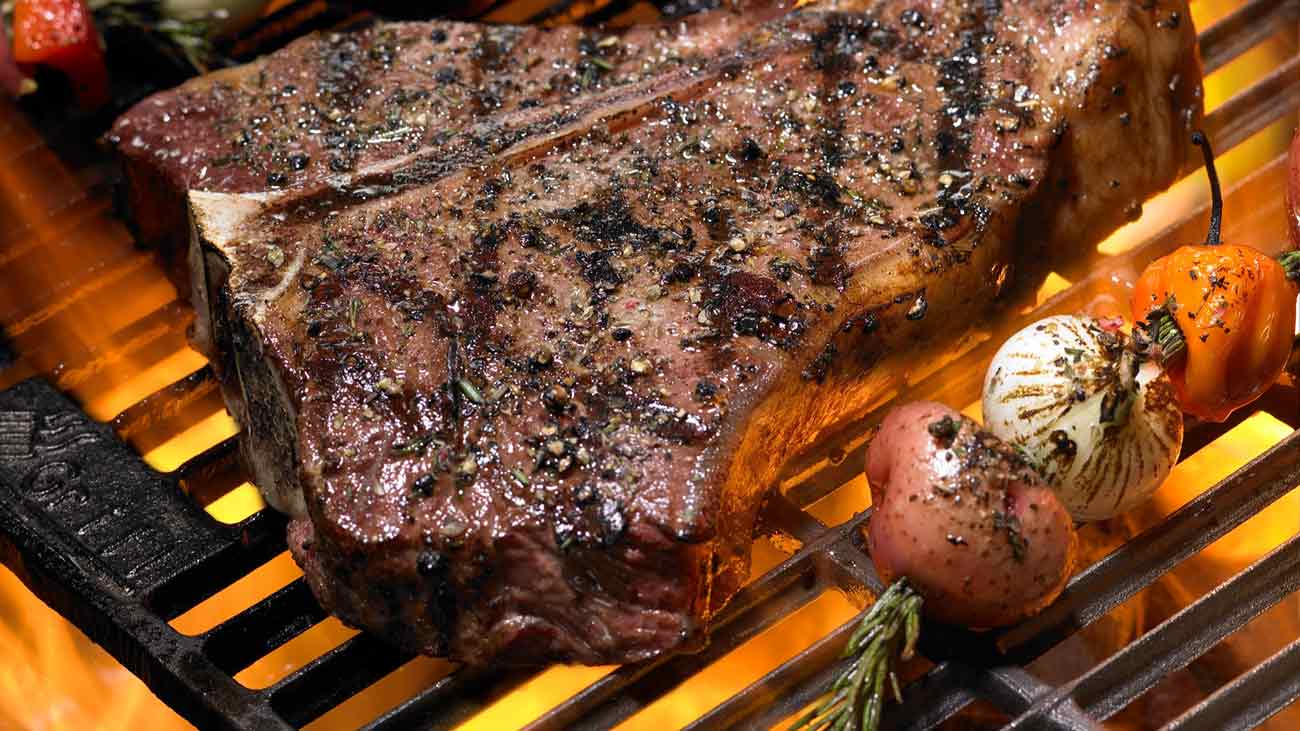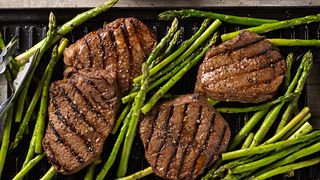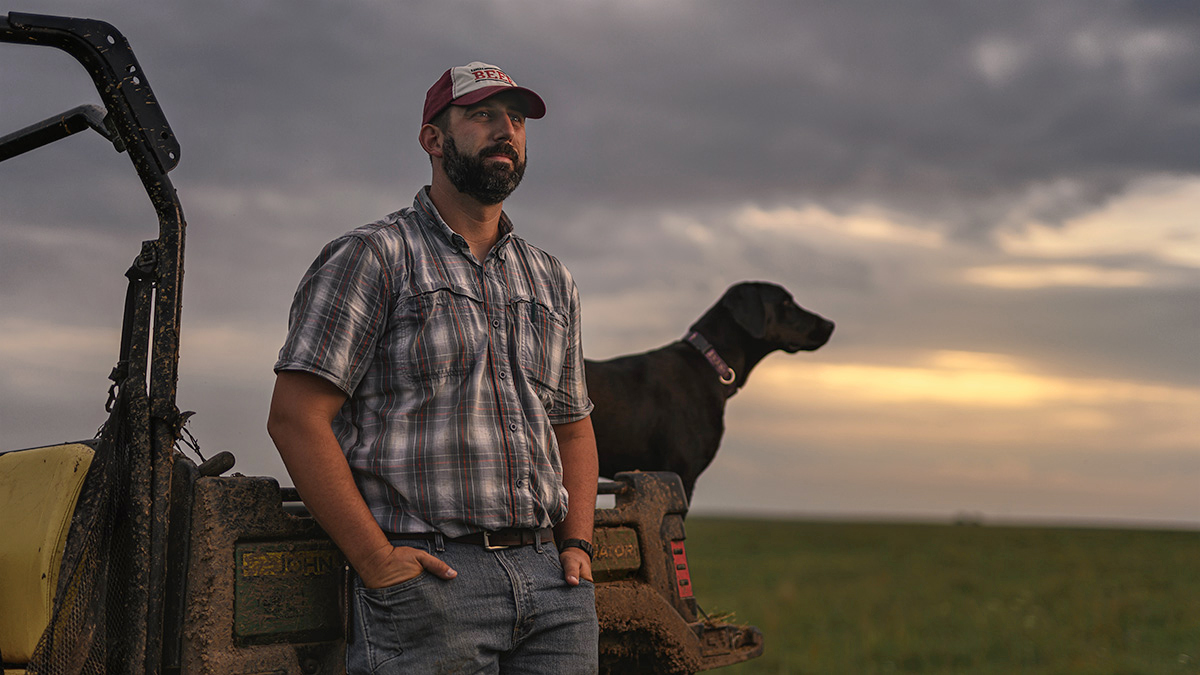how to purchase beef from a kansas farmer
You've decided to purchase beef from a rancher within your community. Now what? If this is your first rodeo, it might feel intimidating to purchase beef this way, but we're here to help answer any questions you may have from contacting a Kansas beef producer to grilling up a delicious steak.
So, once you find a Kansas producer, check out this list to help inform your purchasing decisions.
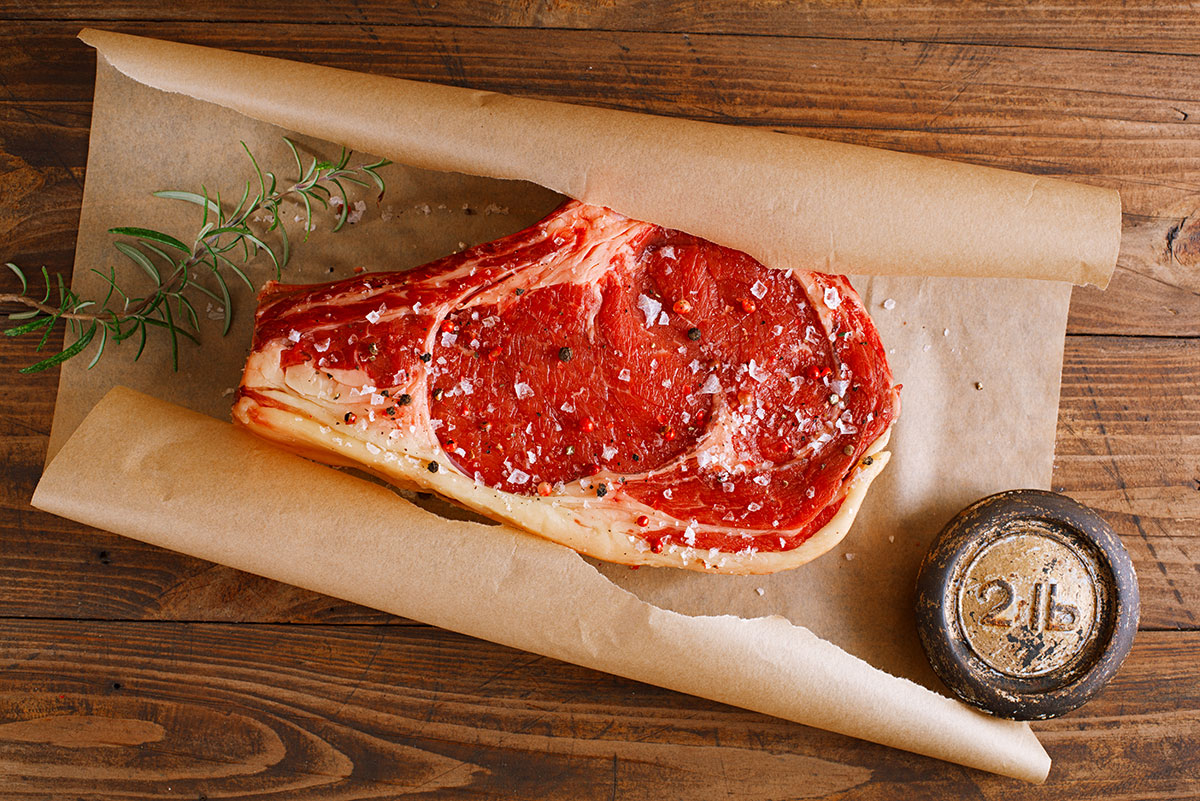
How much beef will I get?
On average, expect a whole beef to get you around 620 pounds of meat and a side of beef around 320 pounds. The exact weight will vary from beef animal to beef animal. For a more detailed explanation of how this happens, visit HERE
What questions should I ask the beef producer?
We've created a guide, just for you, to help you ask the right questions when going directly to the beef producer. You can visit that guide HERE.
How much ground beef can I expect in my order?
You can tailor your order to fit your needs. If you know you eat more ground beef than roasts, you can request additional cuts be put towards your ground beef total. A good rule of thumb is roughly 38% of your order will be converted to ground beef, around 121 pounds if you’re purchasing a side of beef. Be sure to work with your processor to get the amount you want. You may face some difficulty in getting leaner ground beef (90% lean or leaner) because of the amount of fat on the animal. On the upside, this will result in delicious steaks and juicy burgers!
What is “hanging weight?”
The hanging weight is the weight of the animal after it has been harvested and the head, hide and internal organs have been removed. On average, this is roughly 62% of the animal’s live weight. For example, if the beef animal weighed 1300 pounds before harvest, the hanging weight would be around 806 pounds. However, a variety of factors can affect this, so please use this as an estimation.
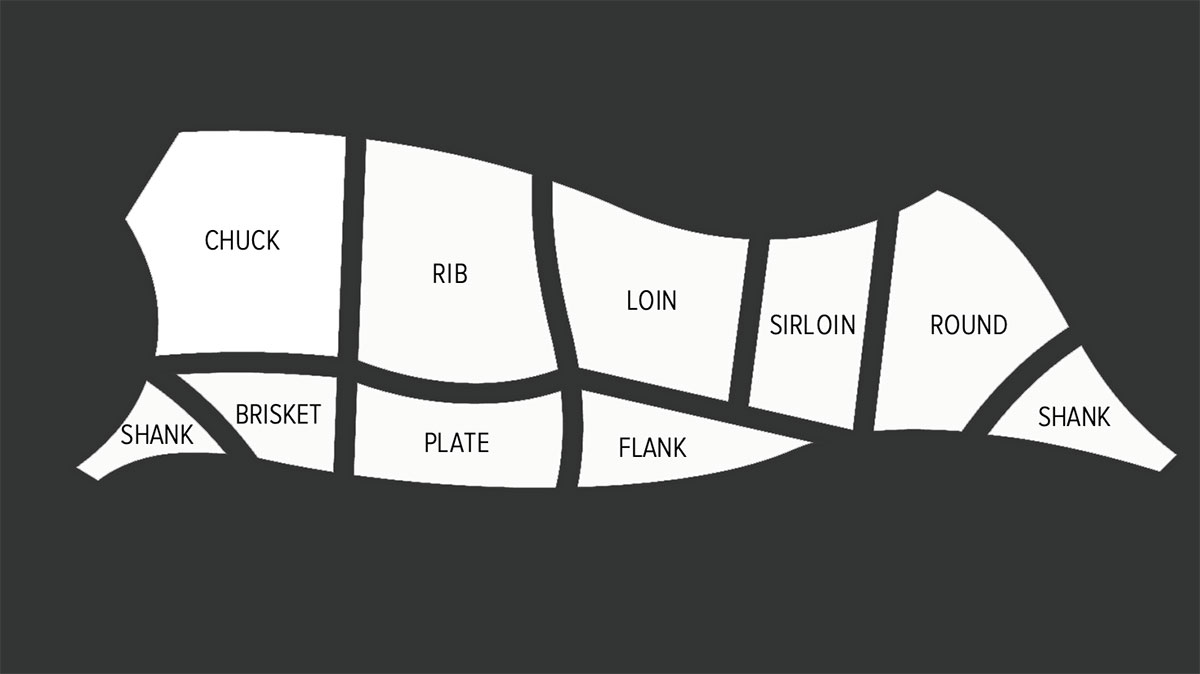
The processor wants “cutting orders.” What is this?
Cutting orders are an order form showing how you want your beef cut and packaged. This includes how thick you want your steaks (we recommend at least 1" or thicker), how much hamburger you want per package (usually 1-2 pounds), how many steaks per package and what size you want your roasts. The processor will have a cut sheet they will ask you to fill out in person or over the phone. The sheet will give you a rough outline of how much product comes from each primal (chuck, loin, round) along with common cuts that come from each of these primals.
Example of a standard cutting sheet
Every processor will have a different way they handle taking cutting directions. However, you will be offered the opportunity to discuss what types of cuts you'd like, including the thickness of each steak and the number per pack. We highly recommend choosing your steaks to be cut at least 1" thick. If you don't see a cut available, like the Tri Tip or Flat Iron, just ask.
The beef I purchased from a local producer and processor isn’t labeled Prime, Choice or Select. Why?
Prime, choice and select are quality grades. Labeling beef products with a quality grade like prime, choice and select is a voluntary practice left up to each individual processor and isn't required by USDA. Unlike inspection, which is mandatory to ensure a wholesome product, grading is a voluntary process that helps group like beef products together for retail sales. It is likely your processor can estimate the grade if you’re curious and want to know. Visit the USDA website for more information about quality grades.
I thought I was just getting steaks and ground beef. Why am I getting items like soup bones, liver or arm roasts? I don’t know how to cook all these cuts. What do I do with them?
When you purchase a side of beef, you’re going to get every muscle cut on a side of beef. You will enjoy those great T-Bones, Sirloins, Rib Eyes and ground beef that you have always loved, in addition to some great new cuts you get to experience for the first time. For example, the neck bones are great for making beef and vegetable soup and other bones are wonderful for making the most delicious beef broth right in your own kitchen. If you're not a fan of liver and onions, you can cook up the liver as a great dog treat. Click HERE for more information on each cut of beef and recipes that go with them.
Why do I have to wait for a specific date for my beef to arrive? Why can't I just get it today like I can in the grocery store?
Some Kansas producers will offer the ability to purchase by the cut through subscriptions or in bundles. You can view that list HERE. However, the date of harvest relies on when the animal is ready for butcher. Liken it to a tomato. You need to pick it at just the right time for it to yield the best quality. In the same way, you want your beef to be at the optimal weight and have the right amount of fat on it to give you delicious steaks. This time frame will vary from breed to breed, whether it is grain-finished or grass-finished and from animal to animal.
It is best to plan ahead (sometimes many months ahead) when purchasing a whole, side or quarter beef.
Why does it take so long to get my beef once my animal has been harvested?
Once the animal is harvested, the carcass is chilled and aged 14-21 days to help the meat develop flavor and most importantly aid in tenderization.
How much freezer space do I need?
A lot will depend upon freezer design and how the meat is packaged. A good rule of thumb is one cubic foot of freezer space will hold 35-40 pounds of meat. This will mean a full freezer! Find a method to organize your beef by cut. You can fit spacers, dividers or even organizers in many freezers.
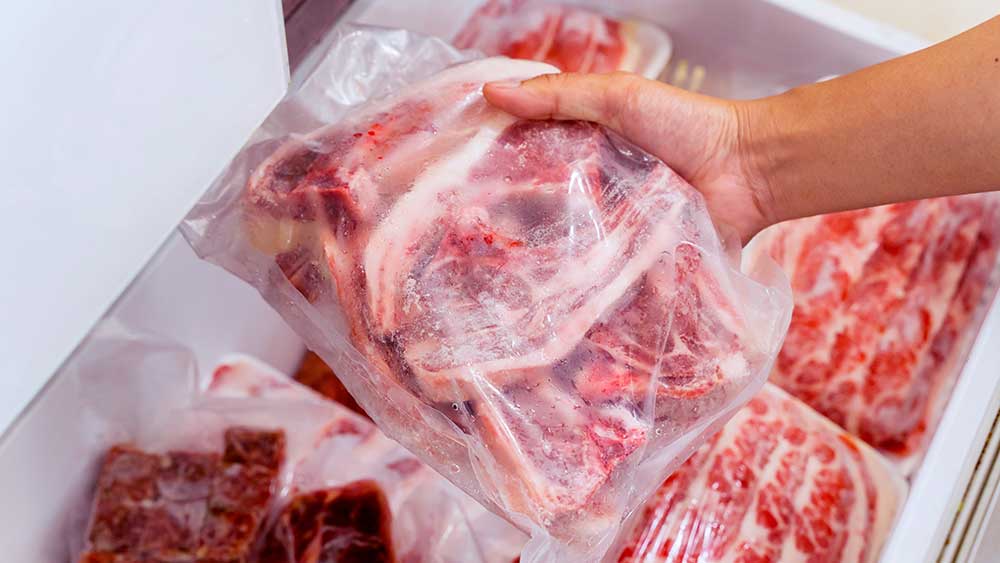
How long will the meat last in my freezer?
USDA recommends using frozen steaks and roasts within 6 to 12 months and ground beef within 3 to 4 months. Those are guidelines for best quality. There is no safety issue with eating meat that has been frozen longer. As long as it is frozen and properly wrapped, beef should be good to that upper limit or beyond.
How should I thaw the beef?
For steaks and roasts, it is recommended to thaw in the refrigerator. This takes more time. You also can thaw steaks in cold water. To do this, submerge steaks in cold water in a leak-proof bag. You will need to change the water every 20-30 minutes to make sure it stays cold. Monitor them as you thaw to make sure your steaks are submerged and the water is cold.
What is the difference between vacuum-sealed and paper-wrapped?
Wrapping meat in paper is usually less expensive. Most places wrap the meat in plastic first, then in paper, which helps prevent freezer burn. Vacuum-sealing can extend the freezer life of your meat, since it reduces the meat’s exposure to oxygen, which causes freezer burn.
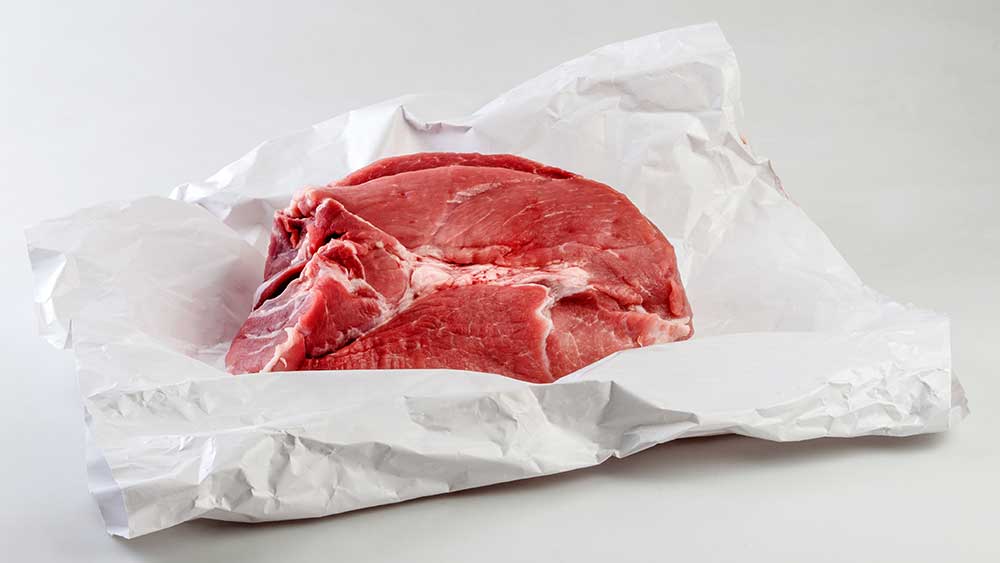
Is local beef safer than the beef I buy at the grocery store?
Absolutely not. All beef is inspected to ensure it is a wholesome product, which means all beef is wholesome to eat. Kansas is a leading beef-producing state in the nation, so chances are, if you've purchased a steak at the grocery store, it might have come from a Kansas producer. So whether you choose to purchase your beef from a rancher in your community or your community grocery store, you can be assured a wholesome product.
While you're here, check out some of the links below to learn how beef is produced in Kansas.
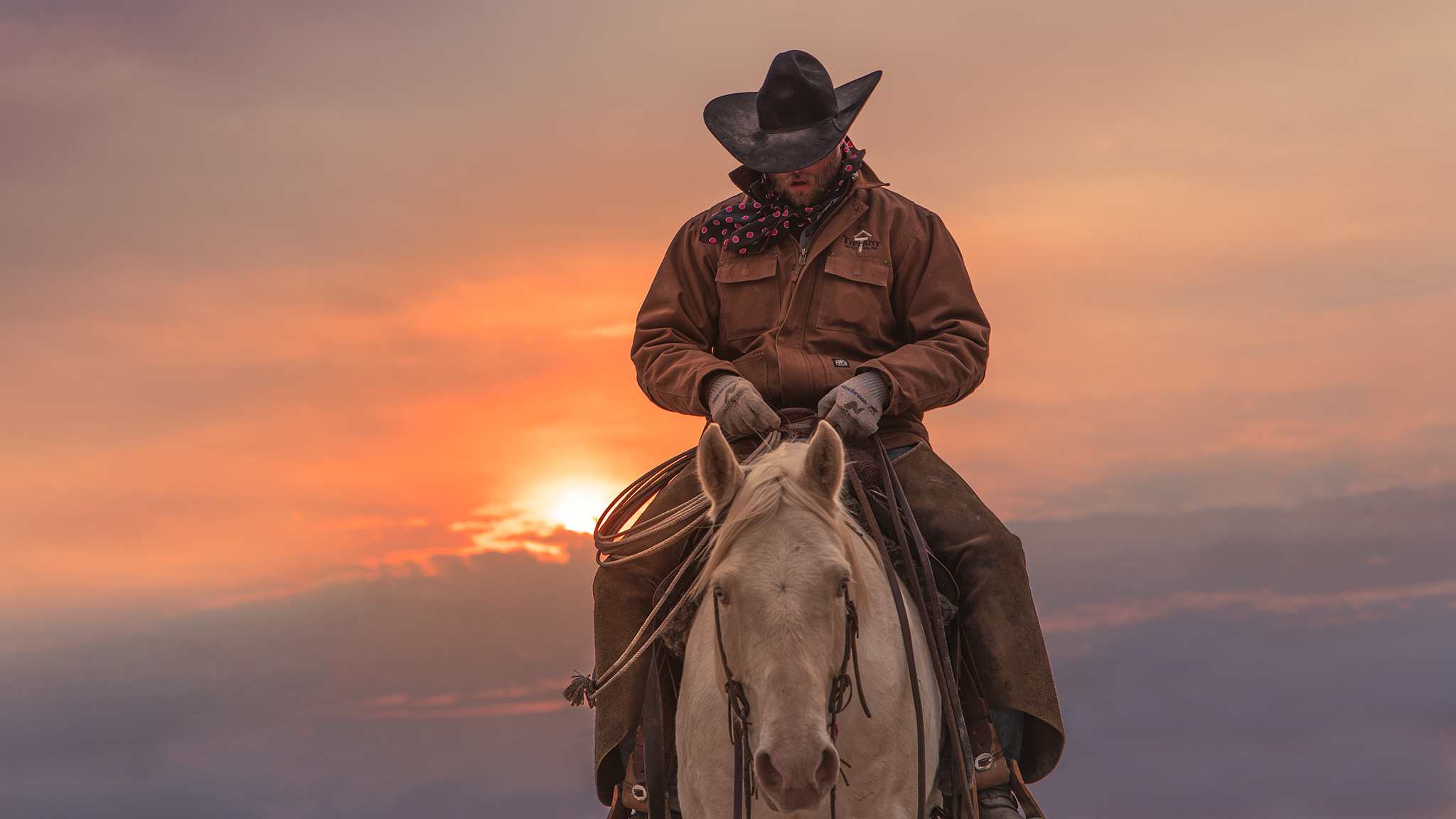
discover cattle care & the feedyard
Learn how modern cowboys check on the health of cattle and practice low-stress handling to keep the cattle comfortable.
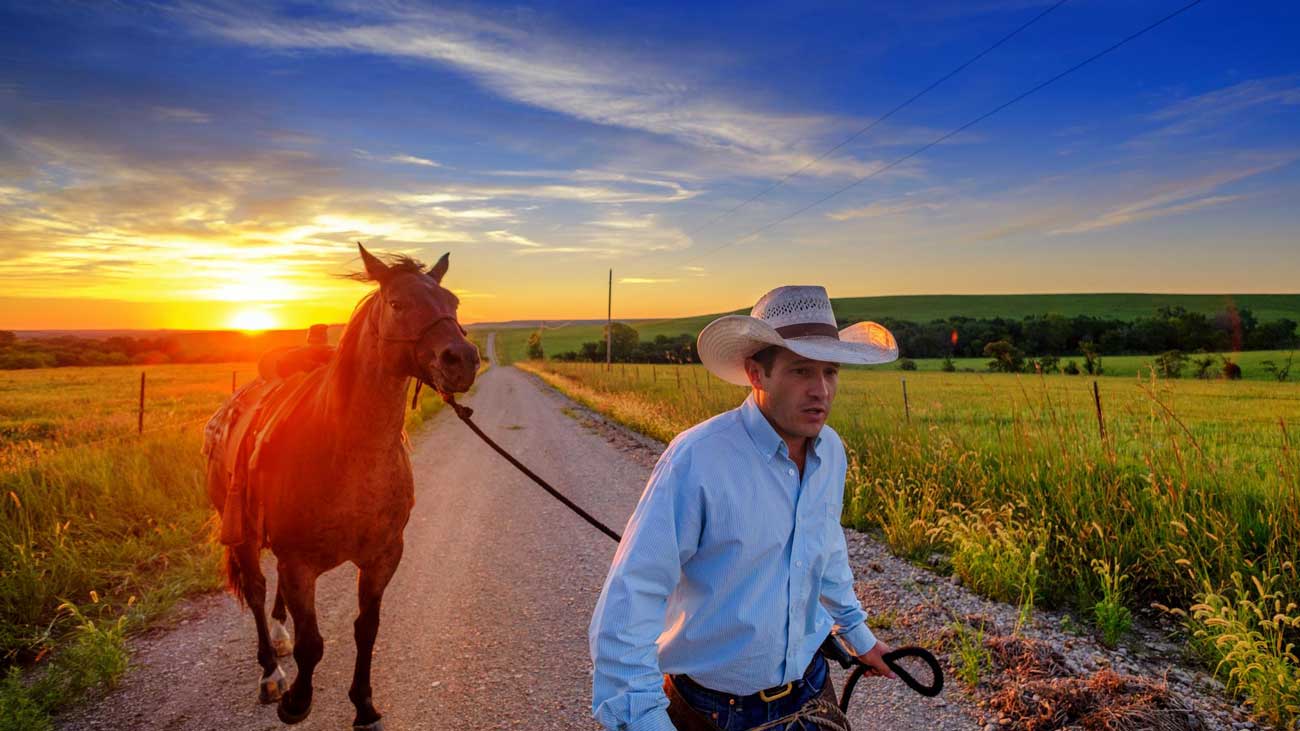
caring for cattle on pasture
Follow along with Arturo Pacheco as he checks the health of cattle on pasture, and find out how ranchers carefully and judiciously use antibiotics only when needed.
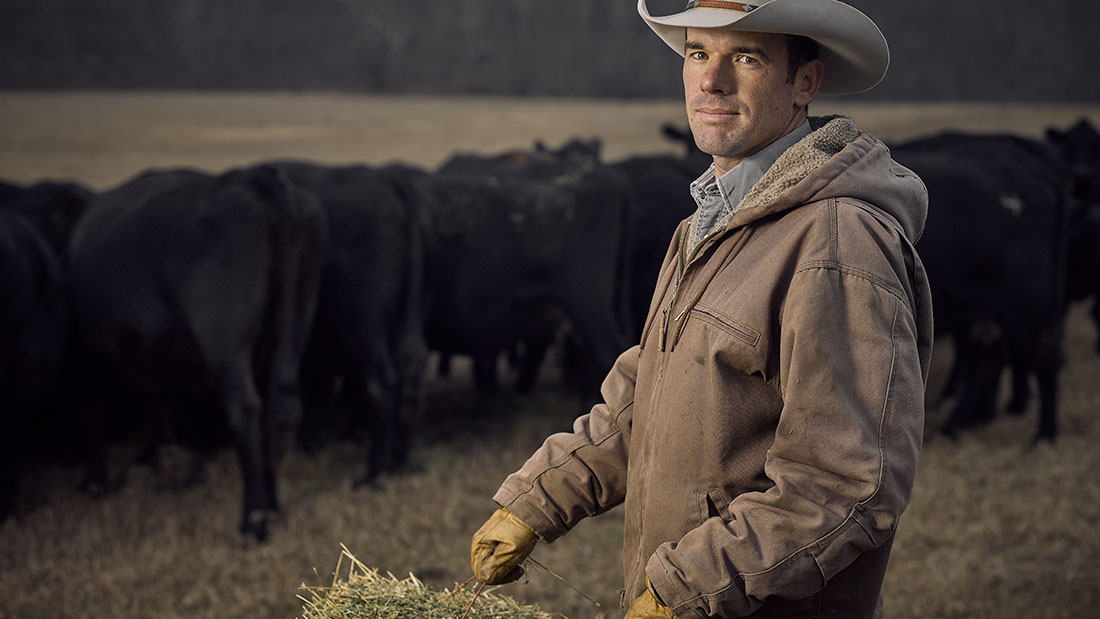
are kansas ranches still family-owned?
Over 95% of beef farms and ranches are family-owned operations. Learn more about the family nature of raising cattle in Kansas.
Can I get other cuts not listed on the cutting order?
This will vary from processor to processor, so ask that when you are putting together your cutting order. For example, if you love the flat iron and Tri Tip, be sure to ask if they can do that for you. However, know it will take away from other cuts you may want as well (Flat Iron = chuck roast; Tri Tip = sirloin steaks/roasts).
Why may I have to wait so long to get beef from a producer?
This can be a result of many factors, but two of the most common are that the producer may not have beef ready to be harvested and/or the processing facility may have a waiting list to get animals in for harvest.
Are there any less common retail cuts I could have made in to ground beef or cut a different way?
Absolutely! This is your beef order so get what you know you will enjoy. You can ask for round steaks to be tenderized and made into minute steaks, which make excellent country-fried steaks. Round roasts are best slow-cooked, but you also can have some of your round turned into stew meat, cut into round steaks (which need a little extra love from a marinade or slow cooked to perfection) or added to your ground beef order.
